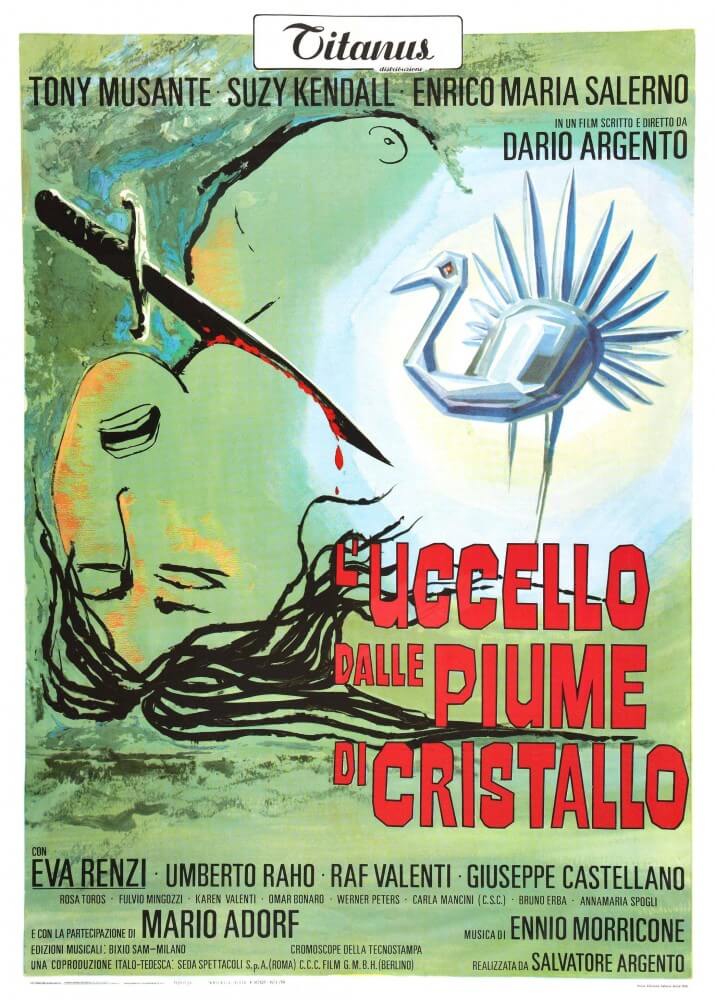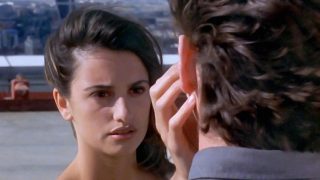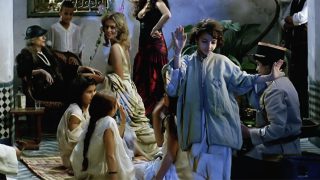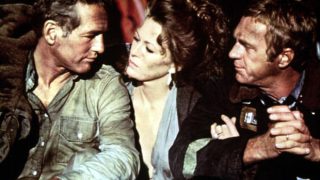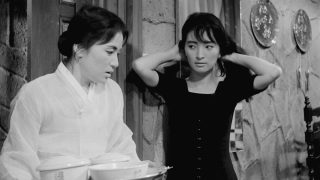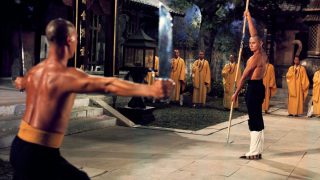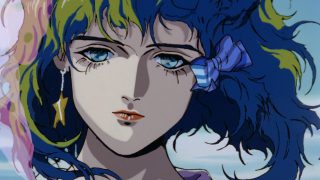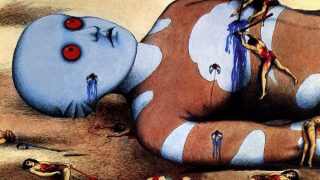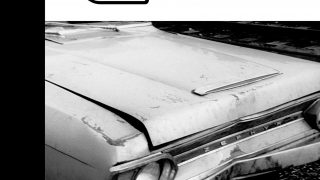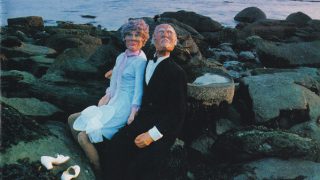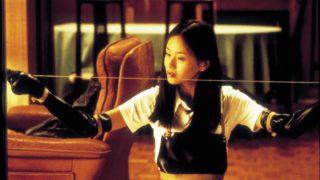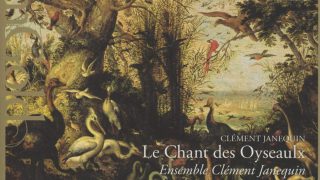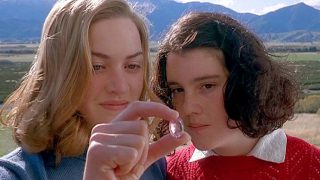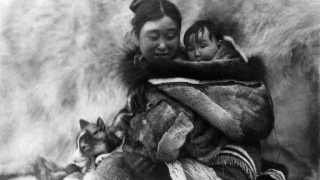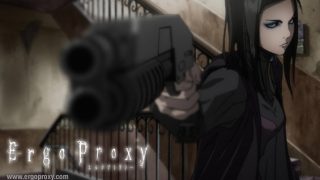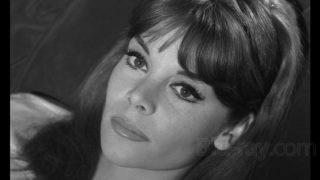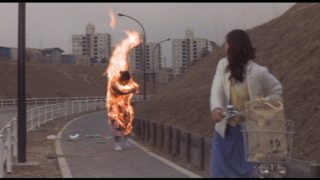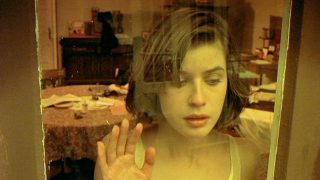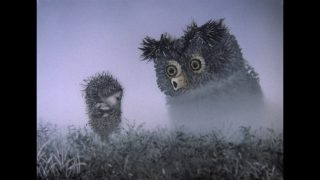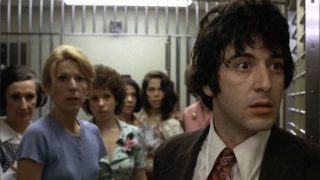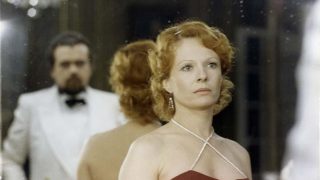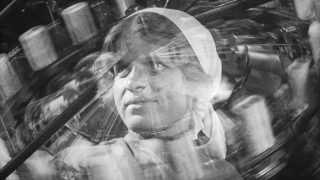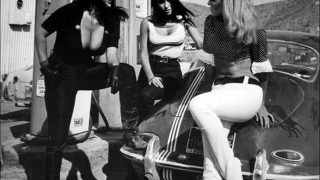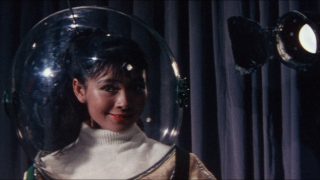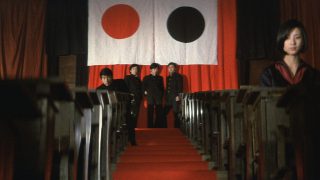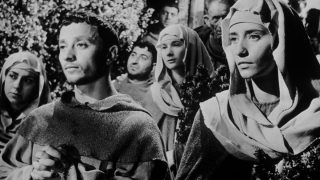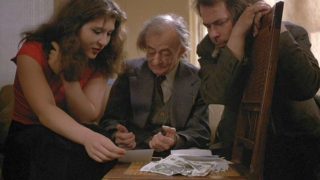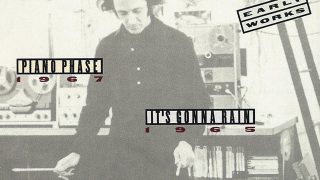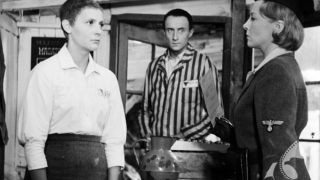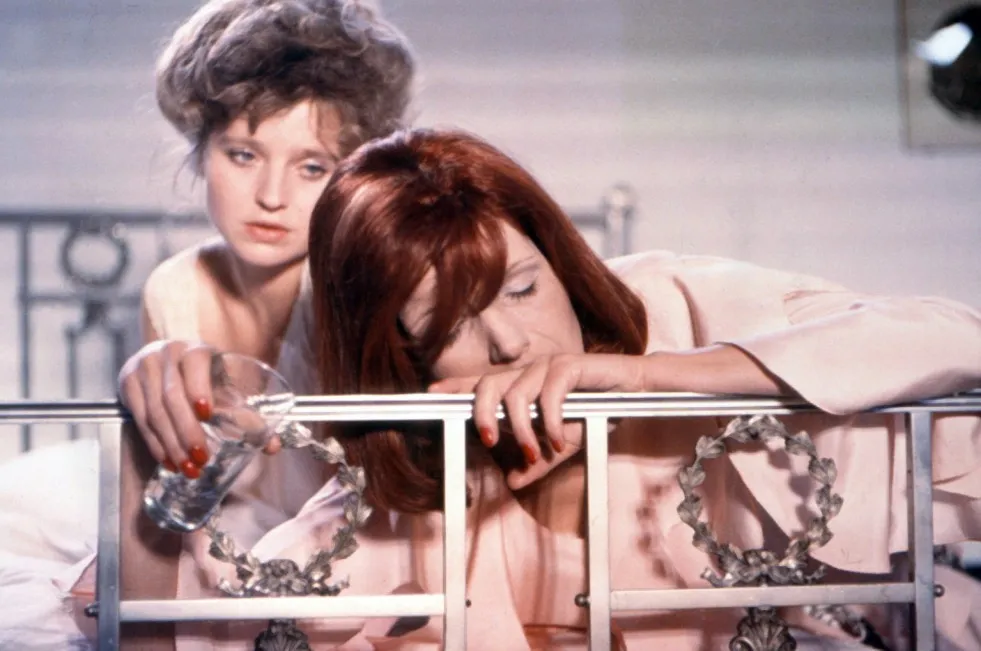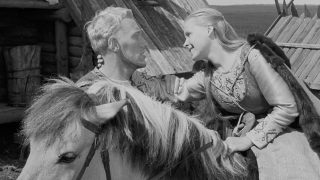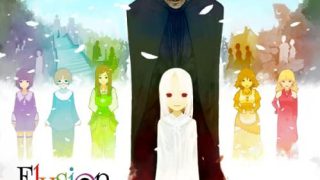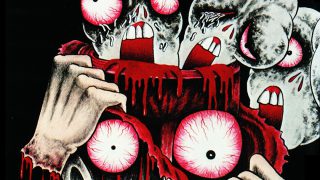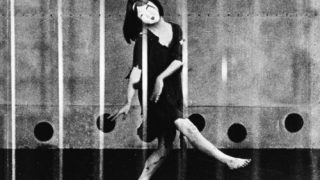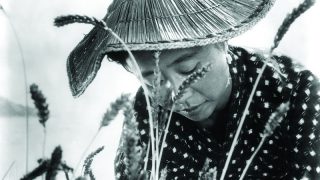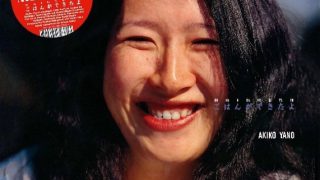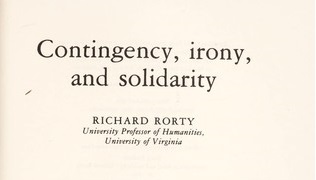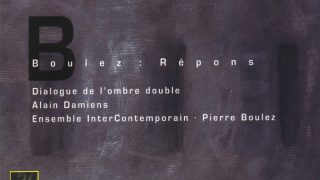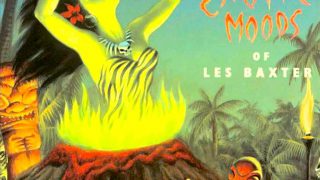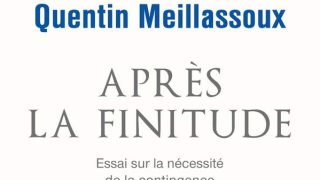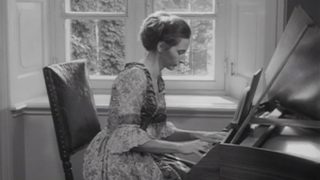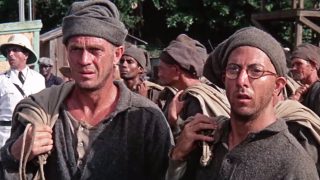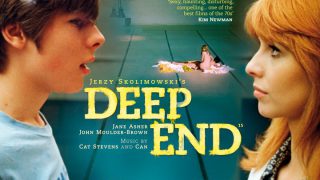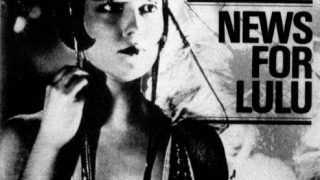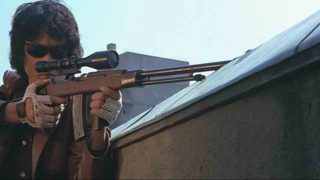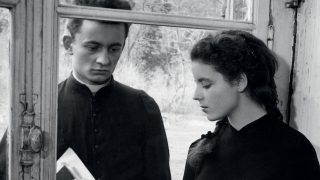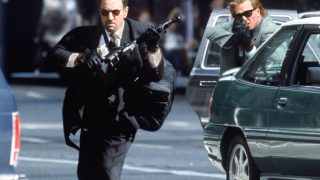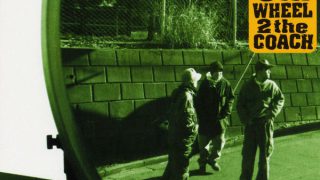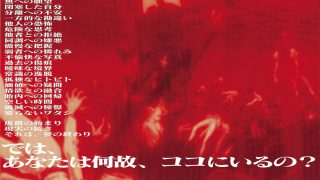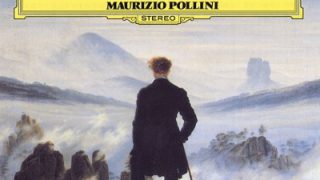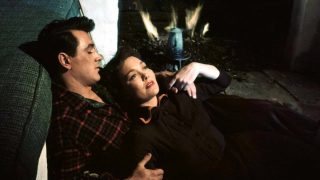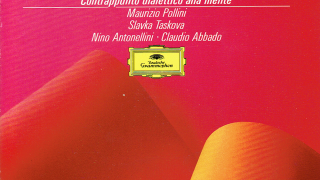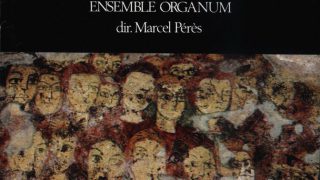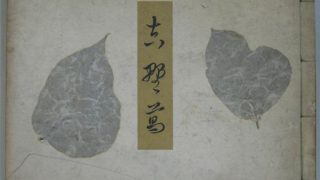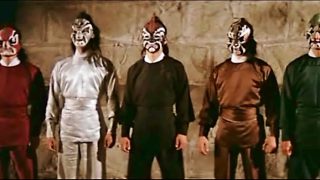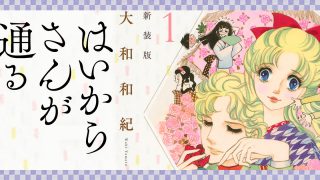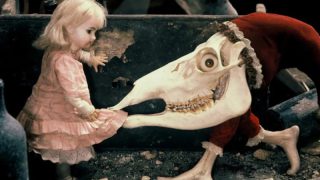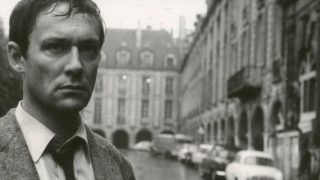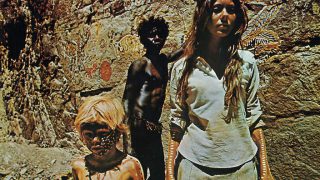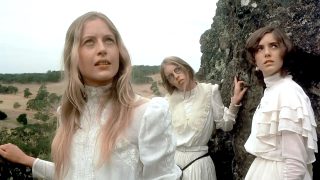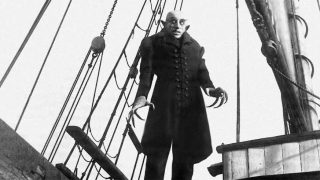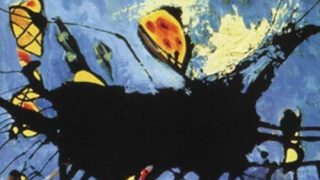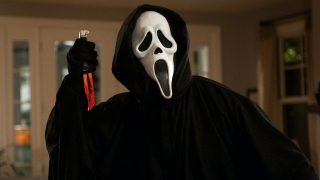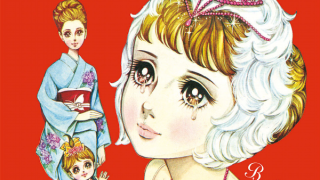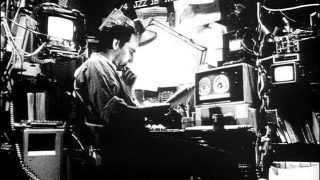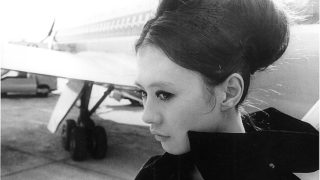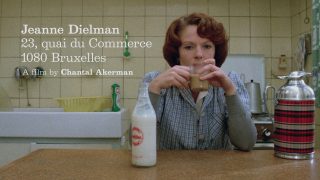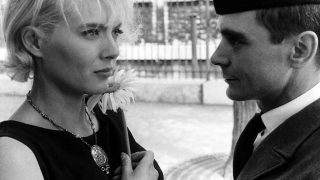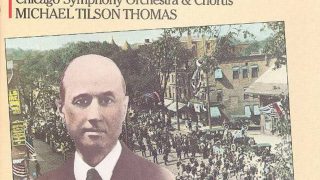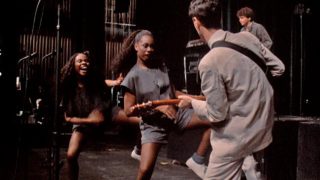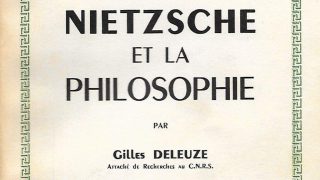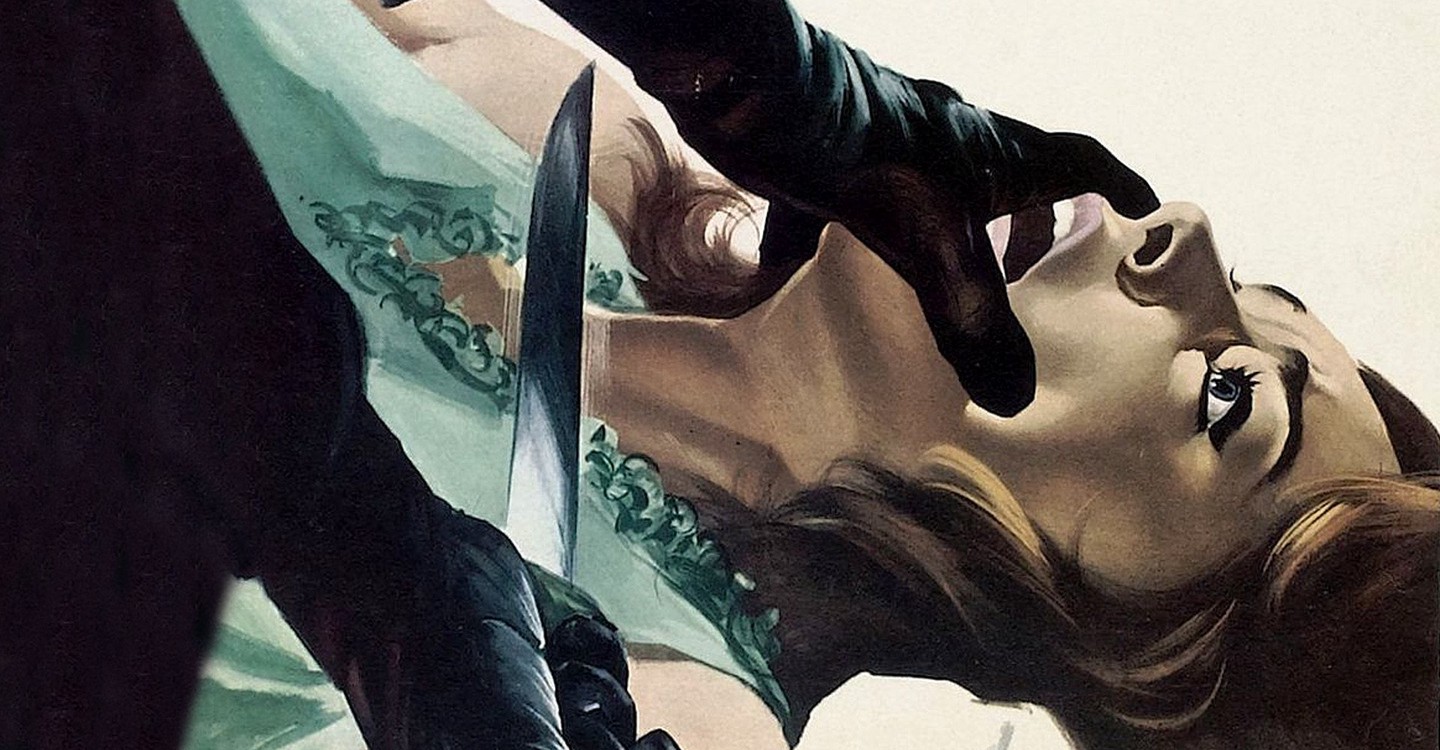Overview
“The Bird with the Crystal Plumage” (Italian: L’uccello dalle piume di cristallo) is a 1970 murder mystery/thriller film directed by Dario Argento, which was his directorial debut.
It depicts the horrible experience of American writer Sam Dalmas, who witnesses an attempted murder while in Rome, becomes involved in the investigation of a series of murders, and tries to pursue the truth behind the case.
Screenplay by Dario Argento. He borrowed the outline of the plot from the mystery novel “The Screaming Mimi” (1949) by Fredric Brown.
It stars Tony Musante, Suzy Kendall, Enrico Maria Salerno, Eva Renzi and Umberto Raho.
Cinematography by Vittorio Storaro. Music by Ennio Morricone.
It was a co-production between Italy and West Germany. The language is Italian. 96 minutes.
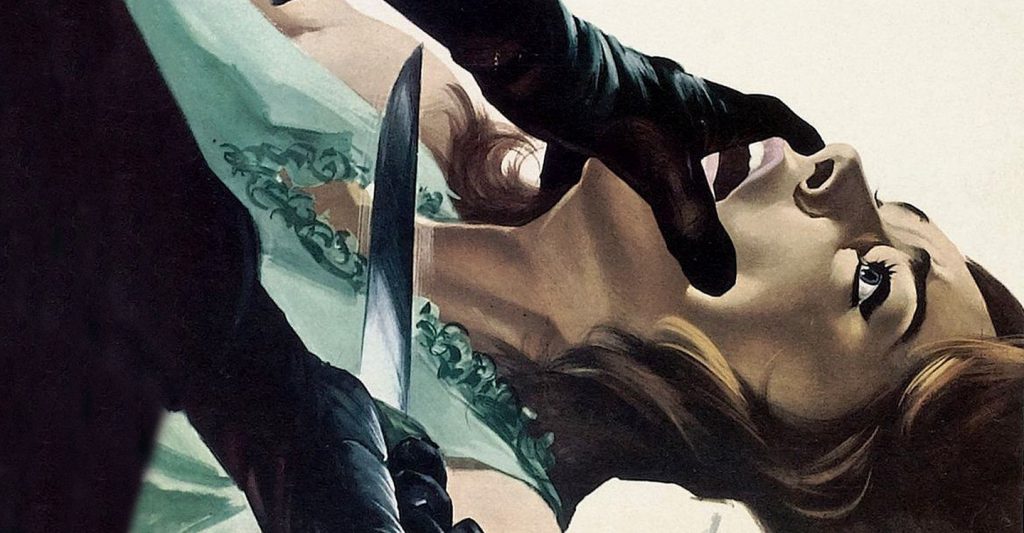
Plot
One night, American writer Sam Dalmas (Tony Musante), who has been staying in Rome, witnesses a woman struggling with a man dressed all in black (a raincoat, hat and leather gloves) in an art gallery through the glass. The man escapes.
The woman is Monica Ranieri (Eva Renzi), the wife of the gallery’s owner Alberto Ranieri (Umberto Raho). She is stabbed in the abdomen, but she escapes death.
In Rome, three unsolved murders had occurred during the past month. Inspector Morosini (Enrico Maria Salerno) is investigating the case. The victims were all female.
As a witness, Dalmas assists police with their investigations, but the police can’t identify the suspect.
On a foggy day, a man dressed all in black tries to stab Dalmas with a meat cleaver. Dalmas manages to dodge the attack. The man escapes by car.
Dalmas had planned to return to his country with his girlfriend and English model, Julia (Suzy Kendall), but he stops going home and launches his own investigation of the case.
Dalmas remembers that something made him feel strange when he witnessed Monica struggling with a man, but he can’t remember what it was.
Dalmas visits Ranieri at his home and talks with him.
Dalmas investigates the three victims: the first victim is an antique store clerk, the second is a prostitute, and the third is a student.
Dalmas visits the antique store where the first victim had worked. According to the antique dealer, the clerk was killed just after she sold a painting to someone. Dalmas borrows a picture of the painting from him. It is a painting of a scene in which a man dressed all in black stabs a girl with a meat cleaver in a snowy field.
The killer commits a fourth homicide.
The killer calls Inspector Morosini on the phone and says that he will kill the fifth by the end of next week.
One night, Dalmas is attacked by a car when he walks along a street with Julia, accompanied by a bodyguard sent by Inspector Morosini. The bodyguard is hit by the car and dies. A man wearing a yellow jacket gets out of the car, and he tries to shoot Dalmas to death, but fails.
The man wearing a yellow jacket escapes into Palazzo Hotel. Dalmas chases the man, but loses the man because the man blends into a gathering of former boxers, who all wear yellow jackets.
The killer murders the fifth.
The killer calls Dalmas on the phone and threatens to kill Julia if he doesn’t stop his investigations.
Dalmas records the call and gives it to the police. The police examine the recording and find that a strange sound like a creaking noise is heard in the background.
Dalmas visits a prison to see Garullo, the pimp of the second victim. Garullo introduces a man named Faiena to Dalmas.
Faiena implies that former boxer Needles is involved in the case. Dalmas visits Needles in his home and discovers that Needles is dead. Needles was the man wearing a yellow jacket, who tried to kill Dalmas.
Oscilloscope analysis of the recorded phone calls reveals that Morosini’s and Dalmas’s telephone callers were two different people.
Dalmas hears from the antique dealer that the author of the painting is a man named Berto Consalvi and he lives in Aviano.
Dalmas visits Consalvi in his home. Consalvi tells Dalmas that his painting was based on an incident. According to Consalvi, a girl he knew was attacked by a pervert about ten years ago.
When Julia is alone at Dalmas’s home, the killer tries to break into the room by breaking the door. Dalmas comes home, and the killer escapes.
Dalmas’s friend, Professor Carlo Dover discovers that the creaking sound in the recorded phone calls is the call of Hornitus Nevalis, a rare breed of bird called “The Bird with Crystal Plumage” due to the translucent glint of its feathers.
The bird is being kept in captivity at a nearby zoo. Dalmas, Julia, Carlo and Inspector Morosini make their way to the zoo.
In the ending of the film, the unexpected identity of the serial killer is revealed.
Commentary
“The Bird with the Crystal Plumage” was the first film that achieved commercial and critical success in the genre of murder mystery or horror thriller called “giallo” in Italy in the 1960s and the 1970s. It contributed significantly to the popularization of giallo since the 1970s.
It has been called the “Animal Trilogy”, along with Argento’s next two gialli, “The Cat o’ Nine Tails” (1971) and “Four Flies on Grey Velvet” (1972).
Though it is his directorial debut, it already shows the feature of giallo films by Argento, such as bright colors, stylish screen composition, bloody but splendid murder scenes.
The trick of misconception or false memory caused by preconception in this film was also used in “Deep Red” (1975).
The film is also a psychological thriller film like Alfred Hitchcock’s “Psycho” (1960). “Identification with the aggressor” as a type of defense mechanisms in psychoanalytic theory was introduced to the film as the motive for the murder.
Storaro’s cinematography in the film is characterized by its contrast enhancement between light and dark (chiaroscuro) and unconventional camera work, including POV shots and extreme close-ups.
Morricone’s score includes both aggressive atonal music, which promotes the audience’s senses of anxiety and tension, and lyrical, idyllic compositions.
In 2008, the film was placed 272nd in “500 Greatest Movies of All Time” list by British film magazine “Empire”.
The UK/US Arrow Video released the 4K restoration of “The Bird with the Crystal Plumage” on Ultra HD Blu-ray in 2021.
